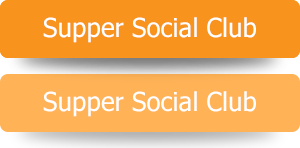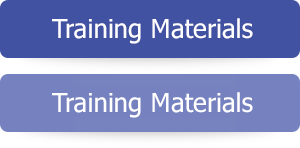Benefits 25-02

Work Incentives 101: Navigating Social Security Benefits and Employment
For many individuals receiving Social Security Disability Insurance (SSDI) or Supplemental Security Income (SSI), the thought of working can bring both excitement and uncertainty. Questions like “Will I lose my benefits?” or “How much can I earn?” are common concerns. Fortunately, Social Security offers work incentives designed to help individuals transition into employment while maintaining financial stability.
Understanding Work Incentives: Social Security’s work incentives allow beneficiaries to explore work opportunities without immediately losing benefits. These programs offer financial safety nets, health coverage protections, and pathways to independence. Here’s a breakdown of key work incentives:
For SSDI Recipients:
-Trial Work Period (TWP) – Allows you to test your ability to work for nine months (not necessarily consecutive) while receiving full SSDI benefits, no matter how much you earn. In 2025, any month you earn $1,160 or more counts as a TWP month.
-Extended Period of Eligibility (EPE) – After completing your TWP, you enter a 36-month safety net where you can still receive benefits for any month your earnings are below Substantial Gainful Activity (SGA) levels:
- $1,620/month for individuals with disabilities.
- $2,700/month for individuals who are blind.
-Expedited Reinstatement (EXR) – If your benefits stop due to work but you can’t continue working due to your disability, you may request quick reinstatement without reapplying—up to five years after benefits stop.
-Impairment-Related Work Expenses (IRWE) – If you have disability-related costs (e.g., medications, transportation, assistive devices), these expenses can be deducted from your earnings, making it easier to stay under SGA limits.
For SSI Recipients:
-Earned Income Exclusion – The first $65 of earnings plus half of the remainder does not count toward your SSI payment, meaning your check reduces gradually, not dollar-for-dollar.
-Student Earned Income Exclusion (SEIE) – If you’re a student under age 22, you can earn up to $2,350/month (up to $9,460 annually in 2025) without affecting your SSI check.
-Plan to Achieve Self-Support (PASS) – Allows you to set aside income or resources for work-related goals, such as education or starting a business, without reducing your SSI benefits.
-Blind Work Expenses (BWE) – For individuals who are blind, work-related expenses (e.g., transportation, service animals, assistive technology) are excluded from earnings calculations.
Your Path to Financial Independence: These work incentives are designed to encourage employment without the fear of immediately losing vital benefits. Additionally, the Ticket to Work (TTW) program provides free employment support services, helping individuals with disabilities find and maintain meaningful jobs.
Need Help Navigating Work Incentives? Understanding work incentives can be complex, but you don’t have to figure it out alone! Get expert guidance from a certified benefits counselor. – Ticket to Work Helpline: 1-866-968-7842 (TTY: 1-866-833-2967) – CIL of the Keys: 305-453-3491 Start your journey toward employment today—because work is possible!
Lesly Q. Lopez
Keys Advocacy Center d/b/a Center for Independent Living of the Keys













